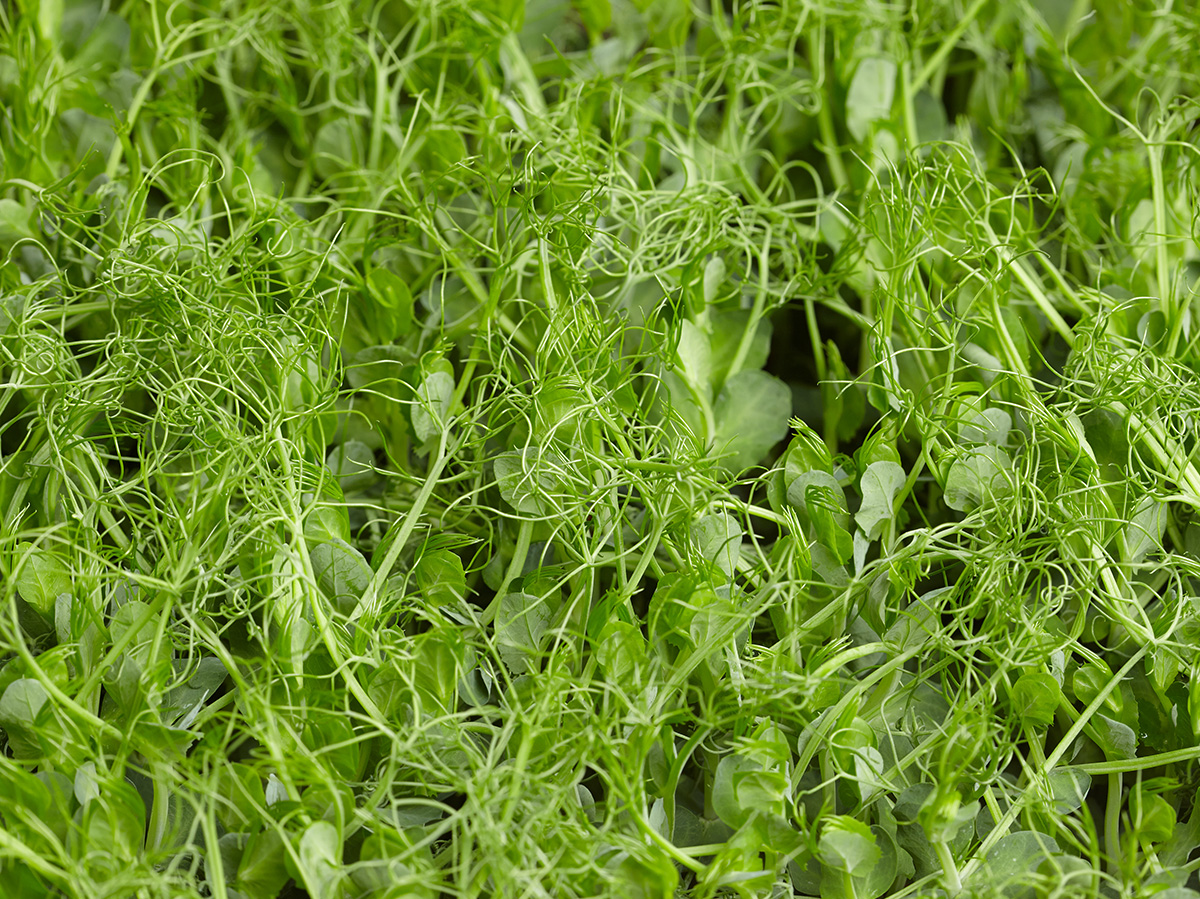Microgreens are a type of vegetable that are typically harvested a few weeks after germination, when the plant has reached its cotyledon stage. These tiny greens have become increasingly popular in recent years, thanks to their delicate flavour and the fact that they can be grown indoors.
In addition to their unique flavour, microgreens also have a number of health benefits. For example, they are an excellent source of vitamins and minerals. A study found that microgreens can contain up to 40 times more nutrients than their mature counterparts.
Another study found that microgreens can have high levels of antioxidants. Antioxidants are compounds that help to protect the body from damage caused by free radicals. Consuming foods high in antioxidants has been linked to a number of health benefits, including a reduced risk of heart disease and cancer.
Microgreens are also a good source of fibre. Fibre is an important nutrient that helps to keep the digestive system healthy. It can also help to lower cholesterol levels and regulate blood sugar levels. Consuming a diet high in fibre has been linked to a reduced risk of heart disease and diabetes.
In addition to their nutritional benefits, microgreens can also add colour and flavour to dishes. They can be used as a garnish, added to salads, or used as a topping on sandwiches and other dishes. Their delicate flavour and attractive appearance make them a popular choice among chefs and home cooks alike.
Growing microgreens at home is relatively easy, and can be done indoors or outdoors. All you need is a container, soil, seeds, and a source of light. You can start with a small container and a few seeds, and gradually expand your setup as you become more experienced.
One of the benefits of growing microgreens at home is that you can control the conditions under which they are grown. This means that you can ensure that they are grown organically, without the use of pesticides or other chemicals. This not only helps to protect the environment, but also ensures that the microgreens you consume are free of harmful chemicals.
In conclusion, microgreens are a tasty and healthy addition to any diet. They are packed with vitamins and minerals and are a good source of antioxidants and fibre. They can be grown easily at home, and can add colour and flavour to a variety of dishes. So why not give them a try and see for yourself the health benefits of growing and consuming microgreens.
References:
- Nakajima, Y., Hirayama, M., Kobayashi, K., & Watanabe, M. (2020). Nutrient content and antioxidant activity of microgreens: A review. ScienceDirect, 25(1), 1-7.
- Zhu, Y., Jia, Q., Sun, D., Liu, R. H., & Zhang, Y. (2017). Nutrient profiling of common edible microgreens: A promising source of nutraceuticals. Frontiers in Nutrition, 4, 7.
- Slavin, J. L. (2013). Fiber and prebiotics: Mechanisms and health benefits. Nutrients, 5(4), 1417-1435.
- Liu, R. H., Zhang, Y., & Carroll, A. (2016). Microgreens: An emerging class of functional ingredients in food and nutraceuticals. Frontiers in Nutrition, 3, 16.

